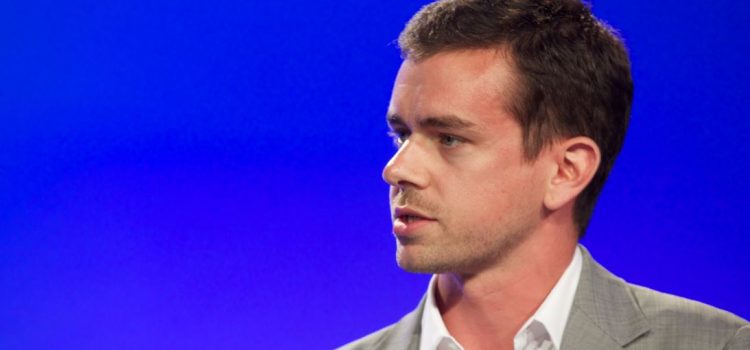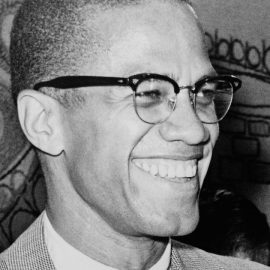
Who were the creators of Twitter? Why didn’t they get along? What were their different visions for the platform?
When most people think of the creator of Twitter, the name Jack Dorsey comes to mind. However, Twitter actually had four founders who all struggled for control of the direction of the company.
Continue reading to learn about the founders of Twitter and their dynamics.
Founder Dynamics and Control Struggles
The interpersonal dynamics and conflicts for control among the four creators of Twitter were complex and often tense. Personal relationships, ambitions, and differing perspectives all played a role in shaping the company’s early days.
Noah Glass, in particular, had a strained relationship with the other founders. Despite being instrumental in Twitter’s initial development, contributing to the logo design, and managing product development, Noah often felt overshadowed by his more outspoken colleagues. He found himself at odds with Ev, and their disagreements escalated to the point where Noah confronted Evan Williams in front of all the employees. Jack Dorsey, who played a crucial role in Noah’s removal from the company, feigned surprise to those around him.
Noah’s Overlooked Contributions
Noah Glass played a pivotal role in the early development and growth of Twitter, a fact that often goes unrecognized. After leaving Odeo and Twitter, he felt completely erased from the company’s history. As Twitter’s success grew, Noah’s feelings of being undervalued intensified, and he harbored growing resentment for the lack of recognition of his early contributions.
Over time, Noah’s significant efforts, especially his push for Twitter to operate independently under his leadership, were largely forgotten. His stature diminished compared to the acclaim his fellow co-founders received.
(Shortform note: Noah Glass feeling excluded and undervalued might be a subjective perspective, and the recognition of contributions within a company can often be complex and multifaceted.)
Strategic Direction Disputes
Jack Dorsey and Evan Williams had significant disagreements about the direction Twitter should take. Jack saw Twitter as a platform for sharing personal stories, while Ev viewed it primarily as a tool for disseminating real-time news updates, prioritizing timely news over personal social posts.
(Shortform note: The disagreement between Jack Dorsey and Evan Williams over Twitter’s purpose reflects a common debate in tech companies about product vision and direction, which can lead to different strategic paths.)
The company’s internal conflicts became particularly evident when the platform changed its prompt from “What are you doing?” to “What’s happening?” The broader debates that shaped the platform’s evolution and direction mirrored the disagreements over Twitter’s core purpose.
Jack’s Quest for Recognition
During Jack Dorsey’s tenure as leader, Twitter faced numerous governance challenges and internal power struggles. After leaving the company, Jack made efforts to highlight the significant role he played in the creation of Twitter. The narrative that emerged, casting him as the sole inventor, began to solidify, leading to increased resentment towards Ev and the other board members while often downplaying the contributions of his colleagues.
(Shortform note: Jack Dorsey’s efforts to be recognized as Twitter’s primary creator could be seen as part of a larger conversation about how we attribute credit in collaborative environments, and whether it’s fair or accurate to single out one individual.)
The story gained traction and was actively promoted through public platforms, with its credibility bolstered by Jack’s increasing visibility. This portrayal caused unrest and discomfort among investors and stakeholders, as Jack’s self-promotion conflicted with the widely accepted narrative of Twitter’s creation, raising questions about the platform’s true founder.






